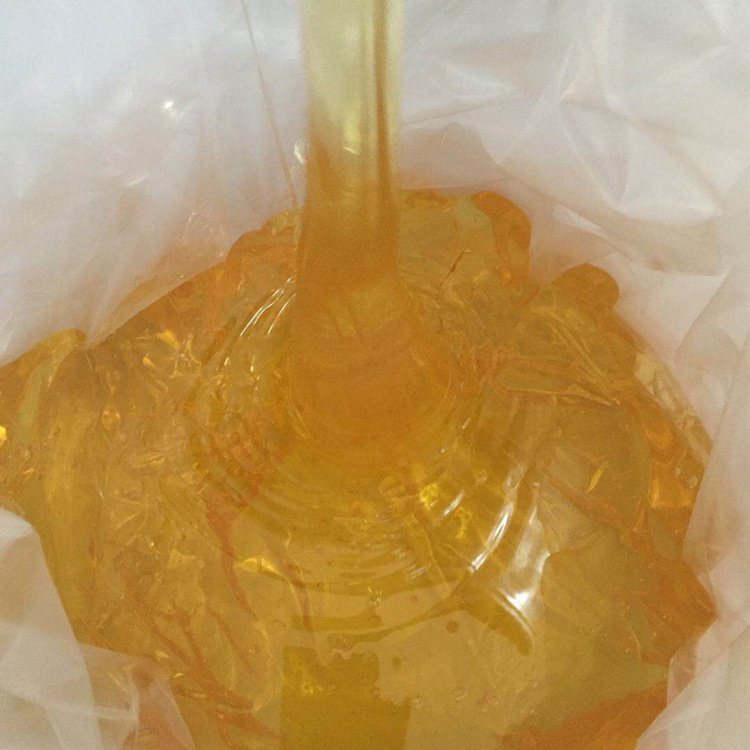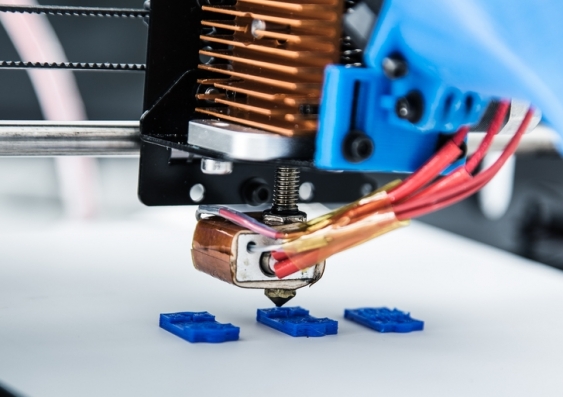创新背景
破碎的塑料部件不需要丢弃,不需要回收,甚至可以简单地修补,仍可以然嵌入到包含许多其他材料的组件中。
创新过程
新南威尔士大学的工程师们展示了一种仅使用灯光就能在室温下帮助3D打印塑料自愈的方法。
新南威尔士大学化学工程学院的Cyrille Boyer教授和他的团队,Nathaniel Corrigan博士和Michael Zhang先生已经证明,在印刷过程中使用的液体树脂中加入“特殊粉末”,可以在材料破裂的情况下帮助快速轻松地修复。

这非常简单,只要将标准LED灯照射在打印的塑料上约一小时,就会引起化学反应,使两片破碎的塑料融合在一起。
整个过程实际上使修复后的塑料比损坏前更坚固,人们希望这项技术的进一步发展和商业化将有助于减少未来的化学废物。
减少塑料垃圾
在许多使用高分子材料的地方可以使用这种技术。因此,如果一个部件出现故障,可以将材料修复,而不必扔掉它。这对环境有明显的好处,因为不必每次都重新合成一种全新的材料。这种方式正在延长这些材料的使用寿命,这将减少塑料垃圾。
新南威尔士大学团队使用的粉状添加剂是三硫碳酸酯,被称为可逆添加碎片链转移(RAFT)剂,最初由CSIRO开发。RAFT试剂能够重新排列组成材料的纳米级元素网络,并允许破碎的碎片被融合。

当UV LED灯直接照射在破碎的塑料上时,大约30分钟就会发生这种情况,大约一个小时后就会完全愈合。
包括在3D打印小提琴上的实验表明,自我修复的塑料的强度与原始的完好状态相比完全恢复了。

该团队表示,与现有的修复破损3D打印材料的方法相比,他们的系统简化和速度快,因此该过程的商业化是有可能的。还有其他方法可以做到这一点,但它们依靠热化学来修复材料,通常需要大约24小时和多次加热循环才能达到同样的效果。另一个限制是,传统方法需要一个加热到高温的烤箱,而且显然无法在原地修复塑料材料,需要先从组件上拆卸它,这增加了复杂性和延迟。
有了新型系统,就可以把破碎的塑料留在原地,把灯光照在整个部件上。只有材料表面的添加剂会受到影响,所以更容易、也加快了整个过程。
创新关键点
新南威尔士大学团队使用的粉状添加剂是三硫碳酸酯,被称为可逆添加碎片链转移(RAFT)剂,最初由CSIRO开发。RAFT试剂能够重新排列组成材料的纳米级元素网络,并允许破碎的碎片被融合。
创新价值
这项新技术可能会被用于一系列应用,目前先进的3D打印材料被用于高科技专业组件。这些领域包括可穿戴电子产品、传感器,甚至一些鞋类制造业。
Innovative Use of Liquid resins in 3D Printing Allows materials to 'repair themselves'
Engineers at the University of New South Wales have demonstrated a way to help 3D-printed plastic heal itself at room temperature using just light.
Professor Cyrille Boyer and his team, Dr Nathaniel Corrigan and Mr Michael Zhang from the School of Chemical Engineering at the University of New South Wales, have demonstrated that adding "special powders" to the liquid resin used in the printing process can help to repair the material quickly and easily in the event of rupture.
It's as simple as shining a standard LED light on the printed plastic for about an hour, which causes a chemical reaction that fuses the two pieces of broken plastic together.
The whole process actually makes the repaired plastic stronger than it was before it was damaged, and it is hoped that further development and commercialization of this technology will help reduce chemical waste in the future.
Reduce plastic waste
This technique can be used in many places where polymer materials are used. So if a component fails, the material can be repaired without having to throw it away. This has obvious benefits for the environment, since you don't have to synthesize a whole new material every time. This approach is extending the useful life of these materials, which will reduce plastic waste.
The powdered additive used by the UNSW team is a trithiocarbonate, known as a reversible added debris chain transfer (RAFT) agent, originally developed by CSIRO. RAFT reagents rearrange the nanoscale network of elements that make up the material and allow broken pieces to be fused.
This happens in about 30 minutes when a UV LED light is shone directly on the broken plastic, and it fully heals in about an hour.
Experiments, including on 3D-printed violins, showed that the strength of the self-healing plastic was fully restored compared to its original intact state.
The team says their system is simplified and fast compared to existing methods for repairing broken 3D-printed materials, so commercialisation of the process is possible. There are other ways to do this, but they rely on thermochemistry to repair the material and typically take about 24 hours and multiple heating cycles to achieve the same effect. Another limitation is that conventional methods require an oven heated to a high temperature, and apparently cannot repair the plastic material in situ, requiring it to be removed from the component first, which adds complexity and delay.
With the new system, it's possible to leave the broken plastic where it is and shine the light on the whole thing. Only the additives on the surface of the material are affected, so the process is easier and faster.
智能推荐
材料科学创新思维 | 新技术可利用激光改变材料的特性
2022-10-12研究人员队开发了新技术使激光可用来改变材料的特性而不产生任何多余的破坏性热量。
涉及学科涉及领域研究方向